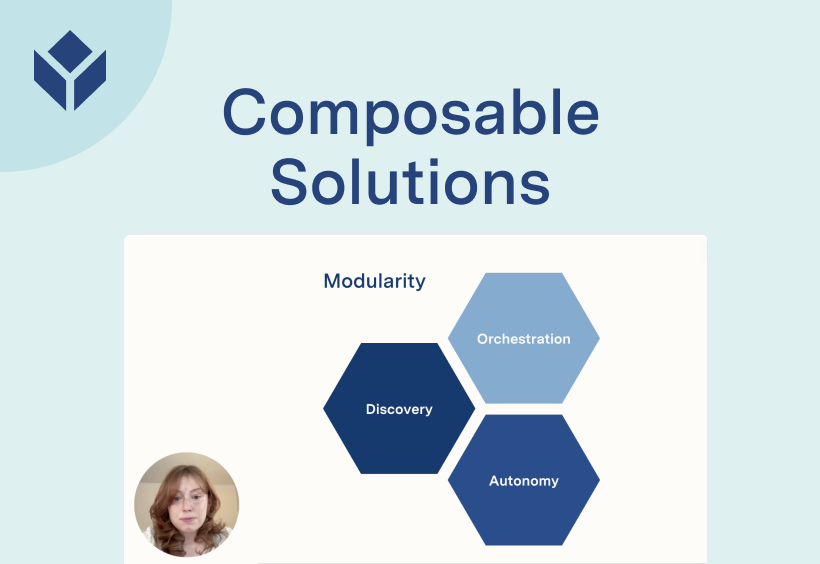- Course Intro
-
Objectives and Intro 2 min
- Composability Overview
-
Navigating the Paradigm Shift 2 min
-
Unlearning the MES: Monolithic vs. Composable Systems 6 min
-
Value of Tulip as a Composable Platform 2 min
-
Composable Architecture in Action 3 min
- Composable Solution Design
-
Solution Components in Tulip 4 min
-
Practical Steps to Get Started 4 min
- Course Summary
-
Resources
-
Survey

Composable Solutions: Navigating the Paradigm Shift with Tulip
Explore the foundational concepts necessary for understanding and building solutions in a way that enables exponential productivity gains for your operations and the shift in mindset that’s required in order to start building app solutions composably.
Throughout this course, we’ll cover how you can leverage Tulip’s composable platform to design, build, and implement a full production system of apps that are both seamlessly connected and interchangeable. We’ll explore the foundational concepts necessary for understanding and building solutions in a way that enables exponential productivity gains for your operations. We’ll also look at how Tulip differs from monolithic systems and the shift in mindset that’s required in order to start building app solutions composably.
The course will explore the following topics:
- New World/Composable Systems vs. Old World/Monolithic Systems:
- Contrast between the principles underpinning composable systems and the rigid structures of their monolithic counterparts.
- Value Proposition of Composability and Composable Platforms:
- Unpacking the tangible benefits derived from embracing a composable mindset, including agility, flexibility, scalability, and adaptability.
- Solution Components and Levels of Composability in Tulip:
- Expose the hierarchical layers of composability within Tulip, from basic modularity through steps and apps to advanced orchestration of app suites using a common data model.
- How to Get Started Building App Solutions with Tulip:
- Look at Models, structures, and best practices needed to build out apps and app solutions in a composable way
